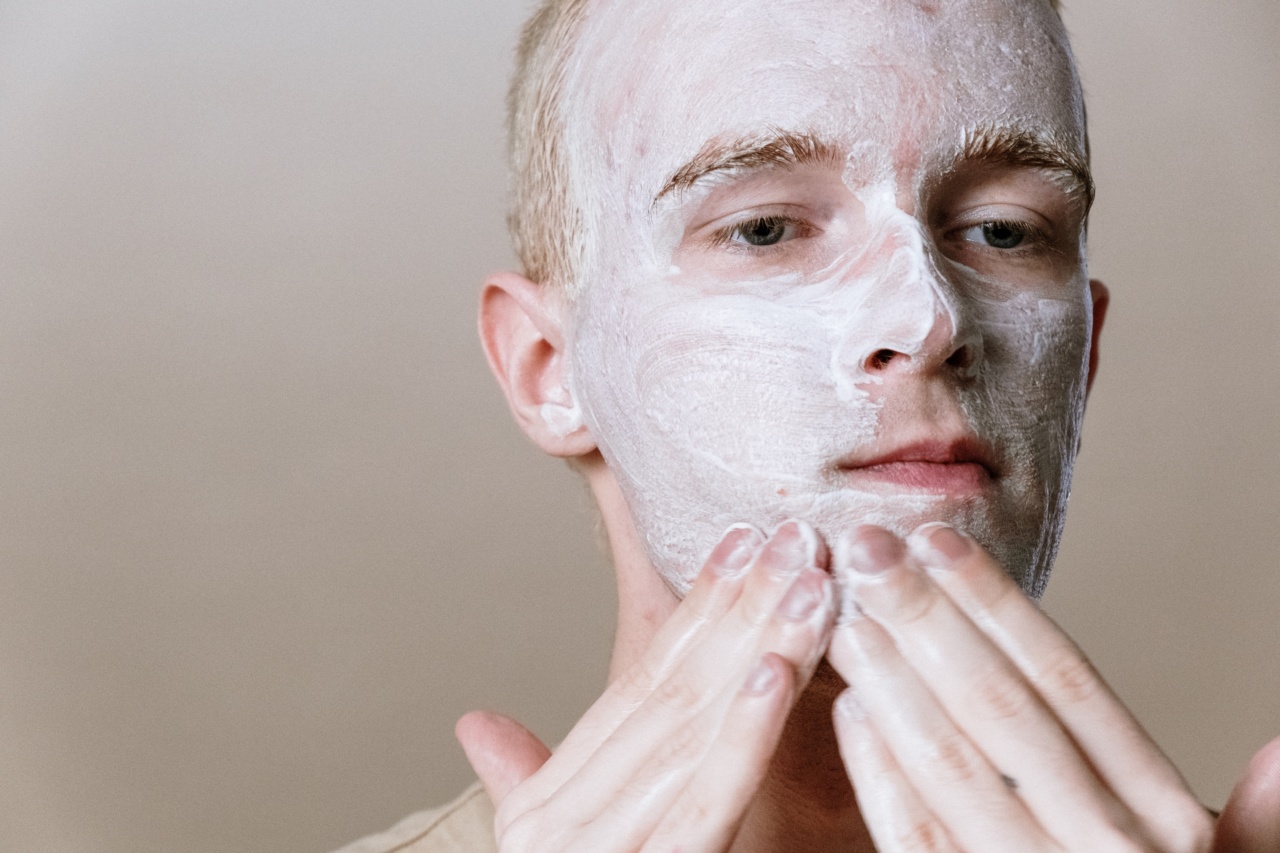Acne is a common skin condition that affects many people of different ages. It is characterized by the appearance of pimples, blackheads, and whiteheads on the face, back, and chest.
Most of the time, acne occurs during puberty due to hormonal changes, but it can also occur in adults due to stress, poor diet, and other factors.
Facial mapping is a useful tool in understanding acne as it helps to identify the possible causes of acne based on its location on the face.
According to facial mapping, each area of the face is associated with different organs in the body, and when acne appears in a specific area, it can be an indication that there is an issue with the organ or organs associated with that area.
Forehead
Acne on the forehead is usually associated with digestive issues, specifically the small intestine.
If you suffer from frequent acne on your forehead, it may be a good idea to evaluate your diet and look for any foods that may be causing digestive issues. Eating a diet rich in fruits and vegetables can help promote healthy digestion and reduce the occurrence of forehead acne.
Between the Brows
Acne between the brows is often associated with the liver. If you drink alcohol frequently or have a diet high in processed foods and sugar, you may be putting unnecessary stress on your liver, leading to acne in this area of the face.
To alleviate acne between the brows, it is recommended to reduce your alcohol and sugar intake, and to eat a diet rich in foods that support liver function like leafy greens, beets, and avocados.
Nose
The nose area is associated with the heart, and acne in this area may be an indication of high blood pressure or high cholesterol. It is crucial to watch your diet and exercise routine if you suffer from acne on your nose.
Consuming healthy fats like Omega 3 fatty acids found in salmon and walnuts, and reducing the consumption of saturated fats will help keep your heart happy and healthy.
Cheeks
Acne on the cheeks is linked to the lungs. If you often smoke or are exposed to second-hand smoke, you may notice acne on your cheeks. Improving the air quality in your home, and avoiding exposure to cigarette smoke can help reduce acne on your cheeks.
Also, exercise is beneficial as it can help to strengthen your lung capacity.
Jawline and Chin
Acne on the jawline and chin is often associated with changes in hormone levels. Women may notice acne in these areas during their menstrual cycle, as well as during pregnancy and menopause.
Men who consume anabolic steroids may also experience acne in these areas. Maintaining good hormonal balance through diet, exercise, and reduced stress levels can help reduce the occurrence of acne in this area.
Temples
Acne on the temples is associated with the gallbladder and can be an indication of a diet high in unhealthy fats.
Consuming a diet rich in healthy fats like Omega 3s found in fish, nuts, and seeds, and avoiding unnecessary saturated and trans fats can help alleviate acne on the temples.
Conclusion
In conclusion, understanding acne through facial mapping is a useful tool in identifying the causes of acne on different areas of the face.
While genetics may play a role in the development of acne, maintaining a healthy lifestyle and diet can significantly reduce the occurrence of acne.































